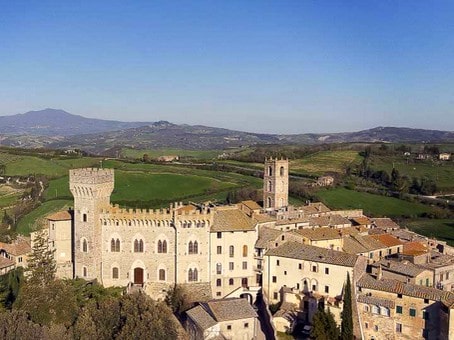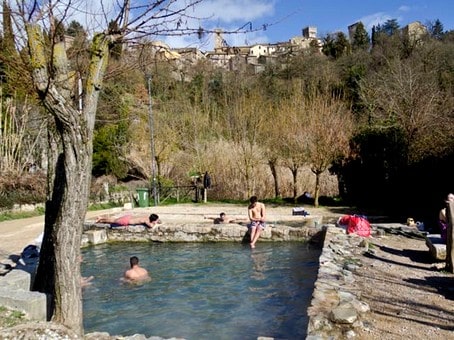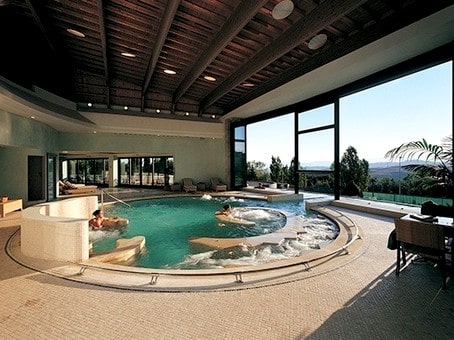Cetona: what to see during a guided tour
 tourist guide tuscany
tourist guide tuscany
Cetona: a village to see
What to see in Cetona? It is a pleasant small village, located
at the foot of the mountain which gave its name to the village,
on the edge of the Valdichiana. Its origin dates back to the
Etruscan's time, its urban layout was realized during to the
phase of Sienese domination in the Middle Ages (15th century)
and to the subsequent Medici period.
The village consists of two concentric circles, or the ancient
defensive walls, which surround the large central space where
the Rocca stands. Cetona is also an important archaeological
site, the wood and the clay attracted the first human
settlements as early as prehistoric times (40,000 years ago): in
this sense, one thing to see are the Belverde caves.
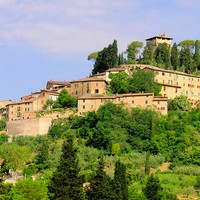
Cetona - Piazza Garibaldi
what to see in the villageThe thing that strikes the most, arriving in Piazza Garibaldi in Cetona, is to see its monumental size compared to the small village. It is a long rectangle, somewhat disproportionate to the town, which hosts the local market every Saturday morning. It is surrounded by the ancient Palazzo Vitelli, the Loggias, the church of San Michele Arcangelo and the former church of the Santissima Annunziata. My advice is ... sit in the square, sip a good coffee and enjoy the placid atmosphere, before taking a slow stroll along the cobbled streets called "coasts".
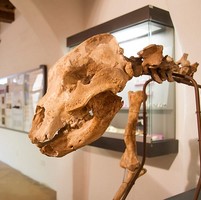
Civic Museum of Cetona
guided tour of the museumOne thing to see in Cetona is certainly the Civic Museum. The road that climbs to the left from the Torre del Rivellino (via Roma) leads us to the Museum, where the phases of human settlement on Mount Cetona are documented, from the Palaeolithic to the end of the Bronze Age. Its caves were inhabited by Neanderthals, who left behind chipped stone tools and the remains of hunted animals. An intense population of the area occurred during the second millennium BC, especially in Belverde, on the eastern side of the mountain: the caves are a thing to see.
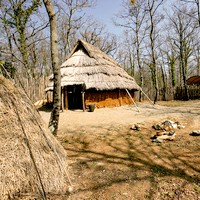
The Belverde Park
archaeological-naturalistic areaIn addition to the museum, in Cetona it is possible to see the Archaeological Naturalistic Park of Belverde, characterized by some caves such as the cave of San Francesco and the caves of the Poggetto and of the Noce, once used as places of burial and worship. The Park is a place to see: about 40,000 years ago, the caves were frequented by humans. A short distance from the archaeological area is the Belverde Archeodrome, an educational path that completes the picture of the activities related to the Cetona museum. The settings, structures and artefacts reproduced are inspired by the phases of prehistory
WHAT TO SEE NEAR CETONA
The village of San Casciano Bagni
On the slopes of Monte Cetona we find the ancient village of
San Casciano dei Bagni. During the guided tour, you will be able
to appreciate the happy combination of pristine vegetation and
thermal waters, which has given fame to its territory since
prehistoric times, also favored by the proximity to the Via
Francigena and the Via Cassia.
There are many Etruscan traces found in San Casciano Bagni,
including the discovery of the necropolis of Balena, while the
testimony of Orazio traces the foundation of the Fonti Clusinii
(ancient name of San Casciano) to the lucumone di Chiusi,
Porsenna.
Most recently, in November 2022, 24 bronze statues were found in
San Casciano. According to experts, they will revolutionize the
history of Etruscan and Roman statuary and you can admire them
in the city museum during the guided tour.
itineraries with guided tour
Tour guided of San Casciano
What to see in San Casciano
The guided tour starts from Piazza Matteotti, just outside the walls, an excellent panoramic point and the beginning of the visit to the village of San Casciano Bagni. At the end of the square, we find the main door to access the historic center and, in a short time, we reach the Collegiate Church of San Leonardo. The church dates back to the 13th - 14th century, has a beautiful portal on the facade and some notable works inside, such as the Coronation of the Virgin and Saints by Francesco Oriolo (around 1490). To the left of the Collegiate there is the oratory of Sant’Antonio and, just beyond (on via Tuzia), the oratory of the Concezione: a small sixteenth-century chapel, with frescoes by Niccolò Circignani, known as Pomarancio.
The surroundings
What is striking about the village is the presence of a neo-gothic turreted castle which, in reality, was only erected in the early 1900s. The maze of narrow streets of San Casciano Bagni reveals an ancient medieval layout, with the remains of the walls but, in the guided tour, a visit to the medieval church of Santa Maria ad Balneas is planned: the name attests how, in the Middle Ages, it was documented here the presence of healing waters. The church, one of the oldest parish churches in the diocese of Chiusi, was allegedly built on the remains of a pagan temple in the IV-V century and is listed in a Bull of Pope Celestino III of 1191.
Thermal baths
There are more than 40 thermal baths in San Casciano, known for their therapeutic properties and usable both through equipped facilities and by means of free access pools: the most famous are the "free spas" of San Casciano, which testify to the presence of the ancient Romans. The best known are those of Bagno Grande and Bagno Bossolo, also called the "vasconi": to reach them, just walk down a stretch of the hill, a few hundred meters from the village. ancient spa vocation and boasts some of the most prestigious spas, chosen by personalities from the world of culture, politics and entertainment.
Book your tourist guide, discover Tuscany
Choose the competence and access to our services
